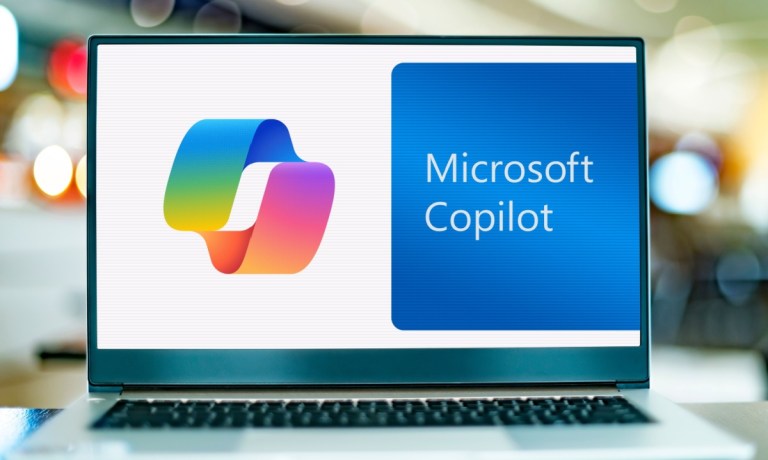
The future of work may look less like talking to robots and more like colleagues huddling around a superpowered digital whiteboard.
As artificial intelligence (AI) evolves, a new trend is emerging: tools that enhance collaboration between people, with AI as the facilitator. Microsoft’s upcoming Copilot Pages feature, described as a canvas for “multiplayer AI collaboration,” exemplifies this shift.
It’s part of a growing movement to harness AI not just as a solo productivity booster but as a bridge that connects team members, amplifies creativity and tackles complex problems collectively. This approach could reshape how teams brainstorm, plan and execute projects across industries.
“We’re moving towards a hybrid model where human ingenuity and AI’s computational power come together to enhance creative outputs,” Scott Dylan, the founder of the AI investment firm NexaTech Ventures, told PYMNTS. “But this evolution also brings complex questions about authorship and ownership.”
Microsoft’s Copilot Pages aims to redefine team collaboration in the digital workspace. The new feature debuted alongside the company’s chat-based AI assistant and provides a shared digital workspace where teams can collectively refine and build upon AI-generated content.
According to Microsoft, the tool allows users to preserve and enhance AI responses, transforming fleeting chat interactions into lasting, editable documents. This persistent canvas sits adjacent to the chat interface, enabling smooth transitions between conversation and content creation.
The feature set expands further for subscribers with premium access to Microsoft 365 Copilot. When viewed in full-screen mode, these users can interact with the AI directly within the shared document, fostering a more integrated collaboration.
The tech giant has adopted a tiered rollout strategy for Copilot Pages. It was immediately available to Microsoft 365 Copilot users following the announcement, but the company plans to gradually extend access to its broader Microsoft 365 user base in the coming months.
AI collaboration tools like Pages make co-creation more accessible, potentially redefining authorship.
“In the past, creation has been viewed as a solitary or team effort rooted in human thought and skill,” Dylan said. “With AI as a collaborator, it becomes less clear who or what should be credited. When AI suggests edits, structures or even generates content, the line between human and machine contribution blurs. In this context, intellectual property laws will likely need to evolve. We may see new forms of co-authorship, where both the human and the AI tool share credit, potentially leading to unprecedented legal and moral debates around creative ownership.”
AI collaboration blurs the lines between humans and machines, especially as AI generates human-like output, Sabrina Habib, the chair of visual communications at the University of South Carolina, told PYMNTS.
“This shift requires reexamining how we assign credit to creative works,” she added. “I believe we are still experimenting and figuring this out as a society, but transparency in the use of AI seems to be a consensus.”
Pavlo Tkhir, CTO of Euristiq, told PYMNTS that industries may need to “recognize AI as a contributor and collaborator,” potentially leading to “rethinking copyright and adapting new laws.”
In creative fields, he predicted a shift where “being in charge of AI might become a new role.” Tkhir believes creatives will eventually “acknowledge the value of AI-driven work,” possibly diminishing the “cultural value placed on human-produced work.”
However, he noted that “AI is an assistant” that can handle “mundane and repetitive tasks,” allowing humans to “focus on contextual and emotional factors.” To maintain balance and productivity, Tkhir stressed the importance of “ethical regulations” to ensure “full transparency about how the collaboration between humans and AI is carried out.”